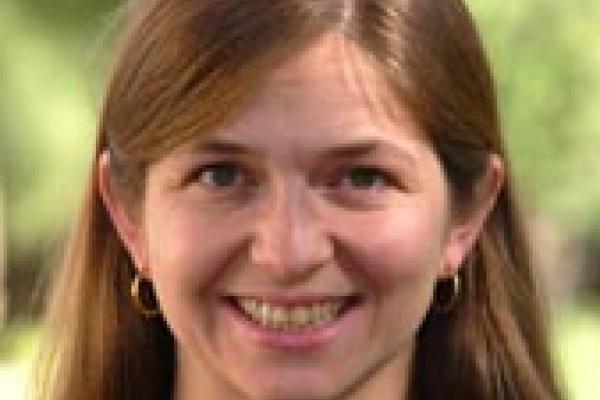
The large mass imbalance between ions and electrons produces a separation of the two species' length and time scales that is a cornerstone of traditional plasma physics. To consider the behavior of a "pair plasma", comprising particles with opposite charge but equal mass, is to revisit much of plasma physics from the ground up. Since the idea was first introduced four decades ago, on the order of 1000 papers have explored this topic via a variety of analytical and computational treatments, but the experimental side of the investigation is still in its nascence. Laboratory studies of matter-antimatter plasmas will enable new tests of simulation and theory predictions, with implications for our understanding of fundamental plasma science, astrophysical phenomena in which pair plasmas play a role, and also traditional electron-ion plasmas. Toward these ends, the goal of the APEX (A Positron Electron eXperiment) collaboration is to create and study electron-positron plasmas confined in the magnetic field of a levitated dipole. A key milestone that was recently achieved is the demonstration of lossless injection of low-energy (e.g., 5-eV) positrons into a prototype dipole trap, in which the positrons can then be confined for several seconds (corresponding to hundreds of thousands of toroidal transits). Another recent result of note is the discovery that phosphor screens (long used to diagnose both matter and antimatter) produce significantly more luminescence from incident positrons than incident electrons. This has potential to be a new means of investigating luminescent materials, in addition being of significant utility for nonperturbatively diagnosing low-energy positron beams and plasmas.
